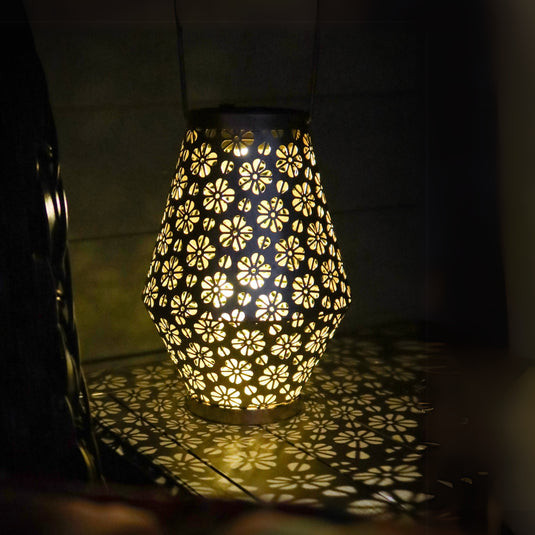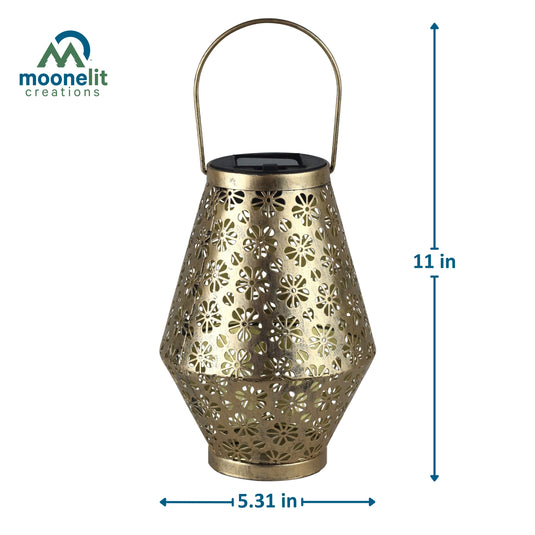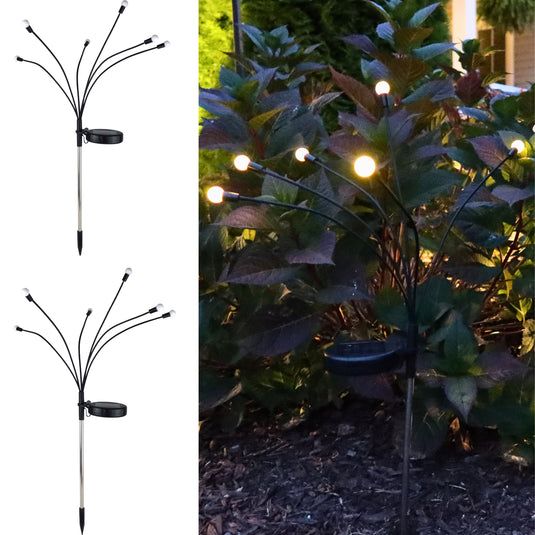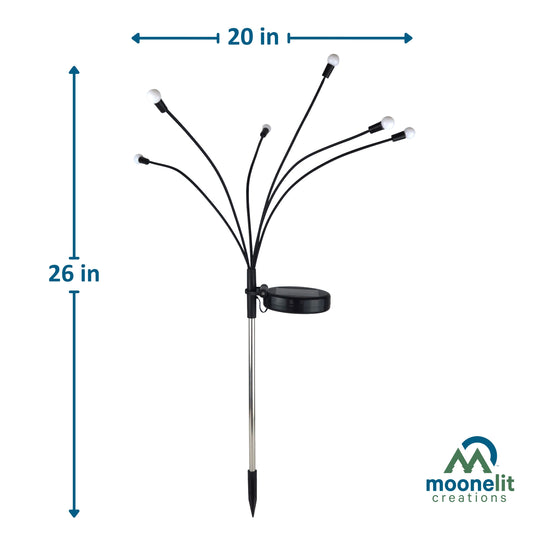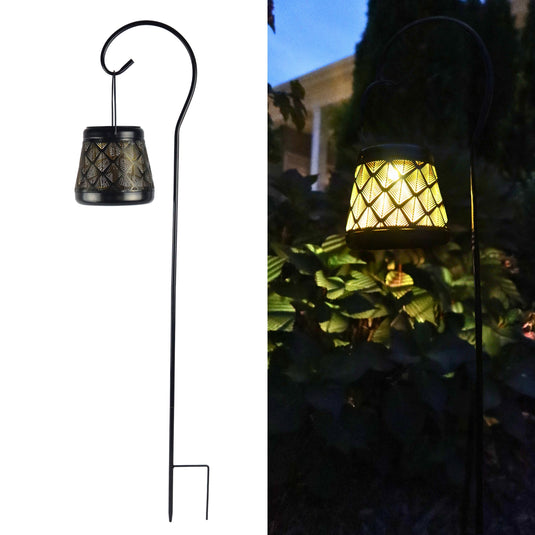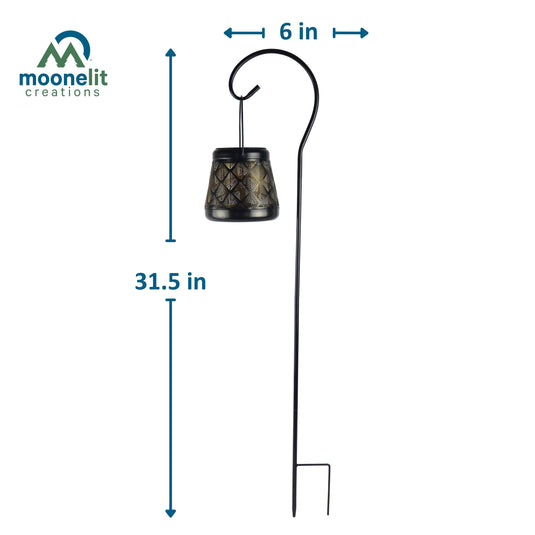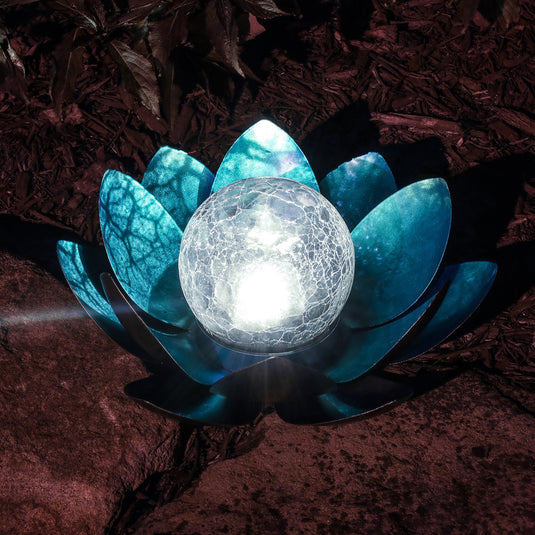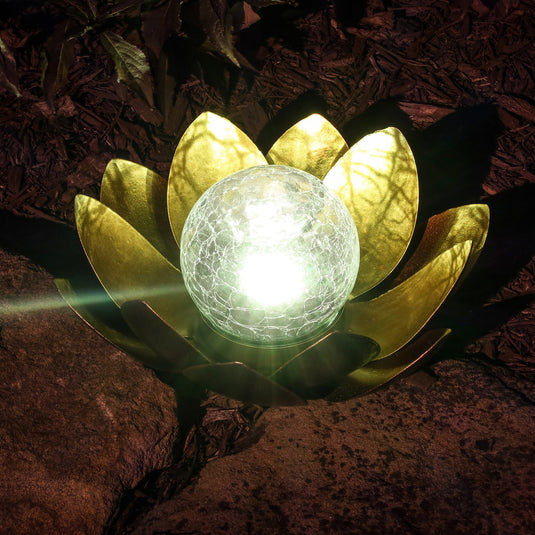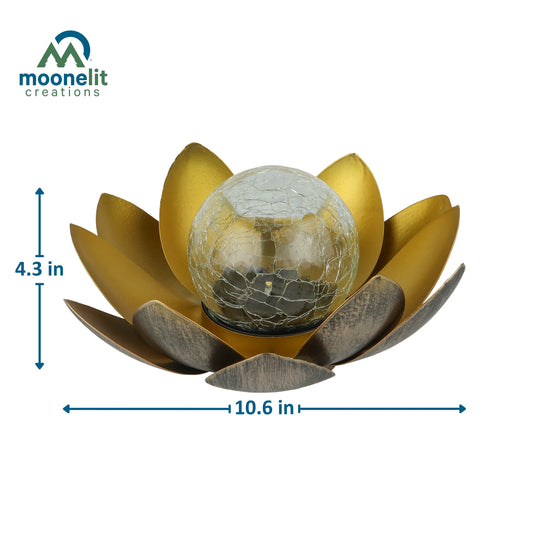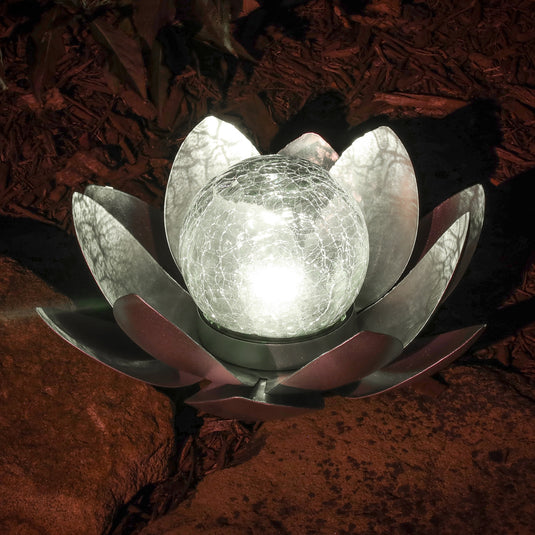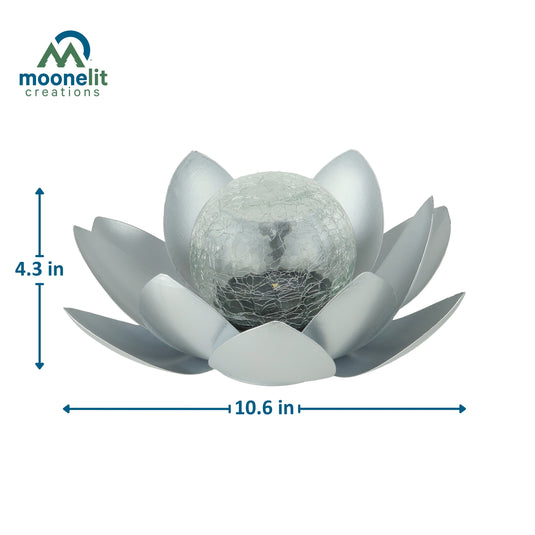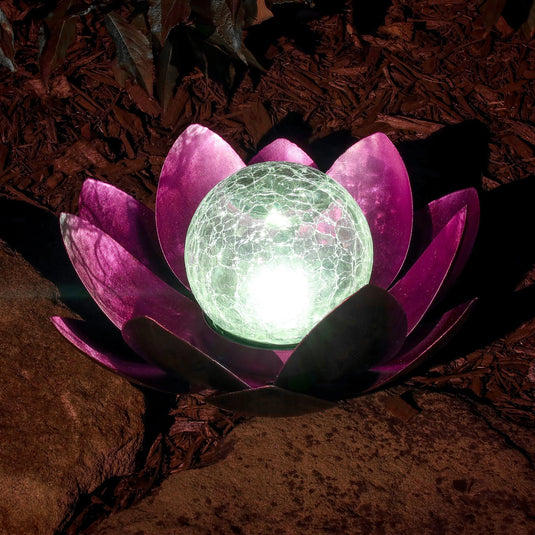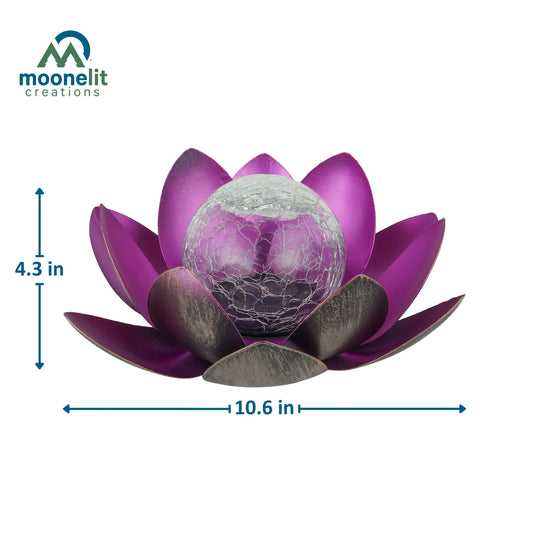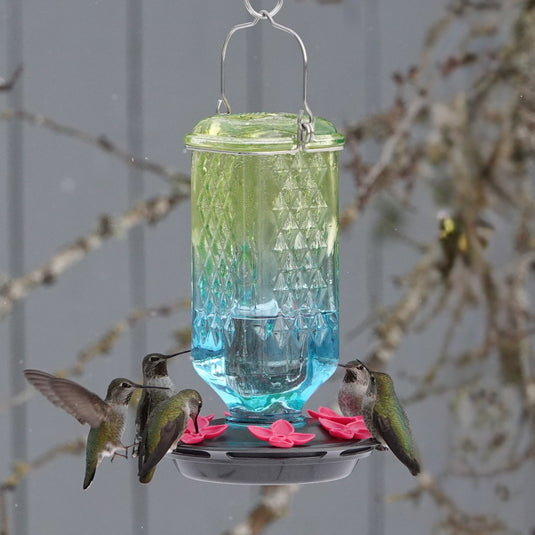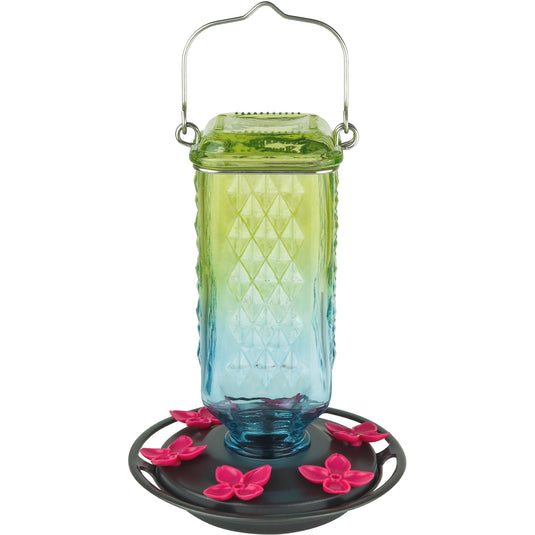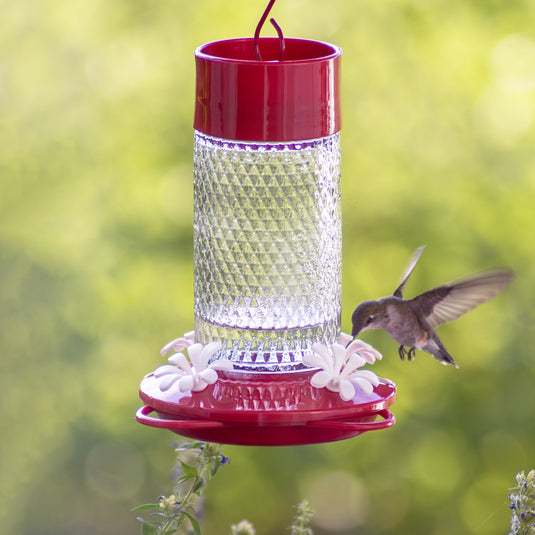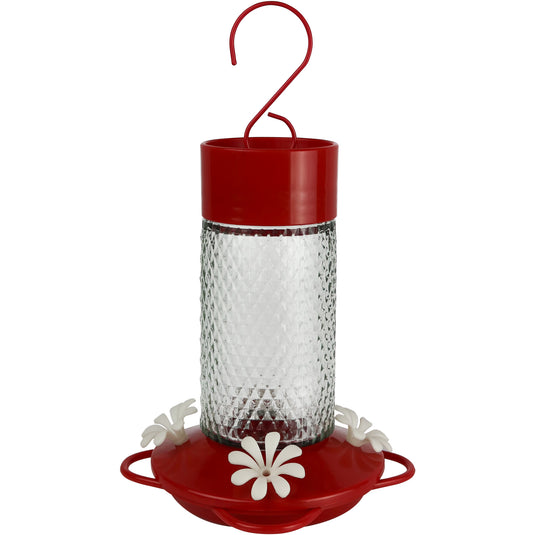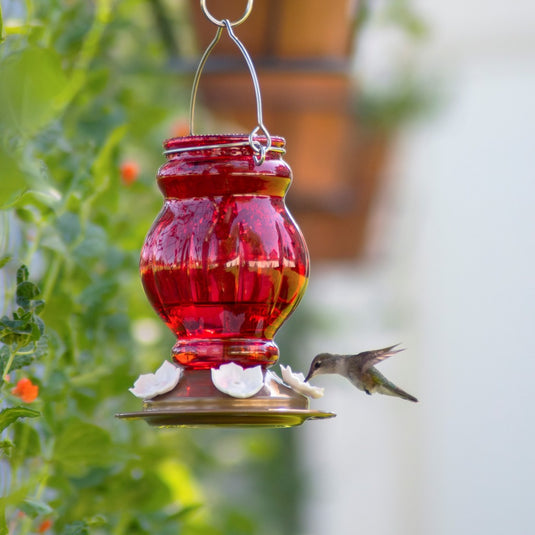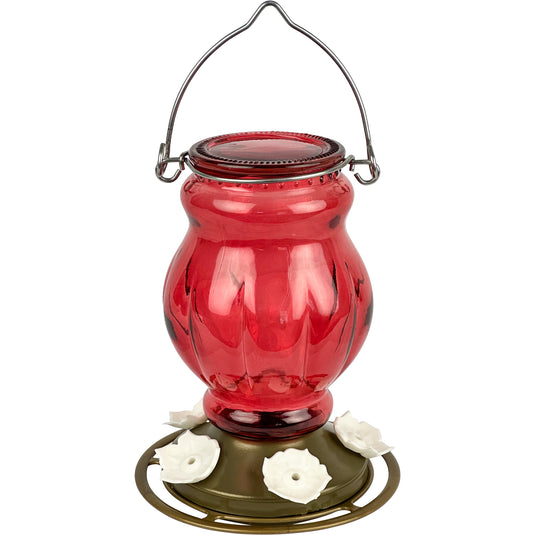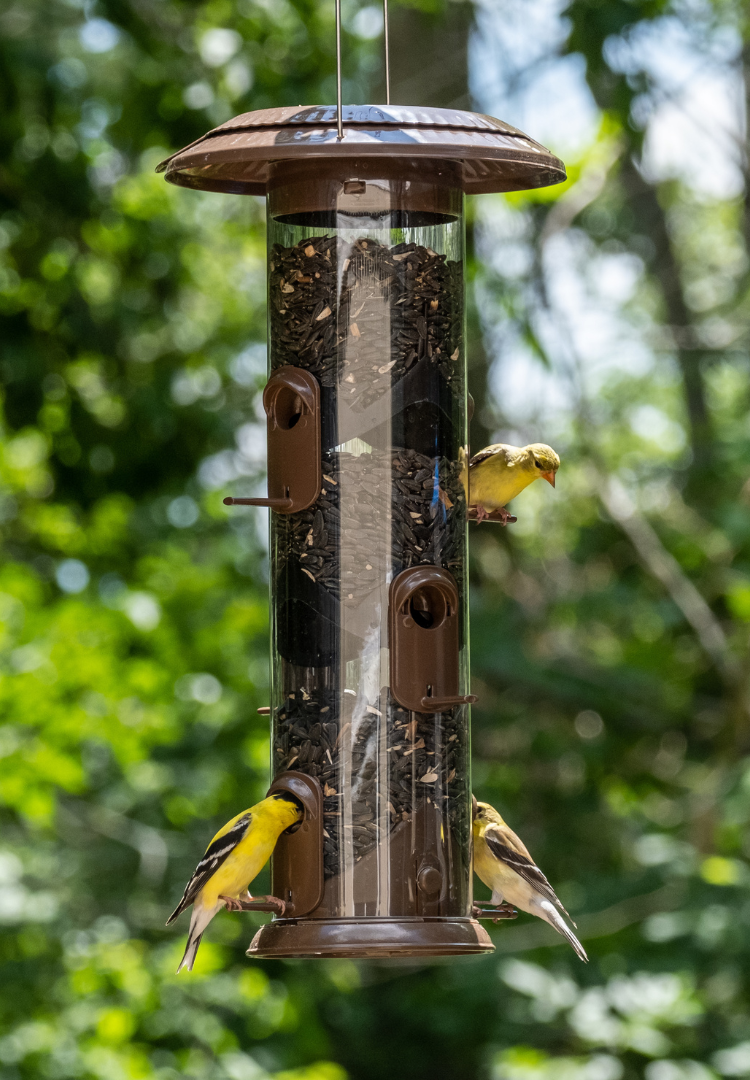Identifying Common Grackles:
Common Grackles are medium-sized blackbirds with a long, lanky body and a sharply pointed bill. While at first glance they may appear to be a uniform glossy black, a closer look in the right light reveals their iridescent plumage. Males tend to have a glossy purple-blue head and bronze-toned body, while females are slightly smaller and duller overall, with less iridescence. Both sexes have pale, almost white, piercing eyes that give them a dramatic and slightly aggressive look. These birds are typically 11–13 inches long.

Nesting:
Common Grackles are colony nesters that build large, messy nests in trees, shrubs, or even man-made structures like gutters, vents, or light poles. Their nests are made from twigs, grasses, and mud, often lined with softer materials.
The female does most of the construction and incubation. A typical clutch includes 4 to 7 eggs, which are pale blue to greenish with brown markings. Eggs hatch in about 12–14 days, and fledglings leave the nest around 16–20 days later. Both parents help raise the young, although grackles may also engage in brood parasitism, laying eggs in each other’s nests within their colonies.
Are Common Grackles invasive?
Grackles are native to North America but have been deemed an agricultural pest for the damage they have caused to crops. Grackles are also aggressive in nature and can exhibit violent behavior towards smaller songbirds, raiding their nests and even killing adult birds, most of the time House Sparrows. Flocks of grackles can eat feeders clean in minutes, wasting your bird seed and discouraging your regular feeder visitors.

How to deter grackles from your feeders and birdhouses
While no single method guarantees success, these feeder, seed, and birdhouse modifications can help reduce visits grackles. For our full recommendations, visit our guide on how to get rid of starlings and grackles at your bird feeder.
Feeder Modifications
- Tube Feeders: Tube feeders are difficult for grackles to perch on due to their long legs; pair with seed types they dislike.
- Upside-Down Suet Feeders: Upside-down feeders favor small, agile birds like chickadees and woodpeckers while discouraging larger birds that prefer to feed upright.
- Low Baffle: Suspended above feeders, baffles deter grackles by limiting their maneuverability.
- Decoy Feeders: Set up a separate platform feeder filled with cheap seed to draw nuisance birds away from your primary feeding area.
- Temporarily Remove Feeders: If large flocks arrive, taking feeders down for a few days may help encourage them to move on.
Seed Modifications
- Use:
- Safflower – High in fat/protein, difficult for grackles to crack
- Nyjer (Thistle) – Tiny seed favored by finches, hard for larger birds to handle
- Plain Suet – Less appealing than blends with seed or fruit
- Avoid:
- Suet blends with seed/fruit
- General seed blends
- Sunflower seed varieties
Birdhouse Modifications
- Entrance Hole Size: Use smaller openings to block grackles
- Wren houses: 1 1/8"
- Eastern bluebird houses: 1 ½"
- Mountain bluebird houses: 1 9/16"
- Predator Guards: Can be added to most birdhouses to reinforce small entrances
Note: Grackles are protected under the Migratory Bird Treaty Act of 1918. It is illegal to harm, capture, or remove them or their eggs.


